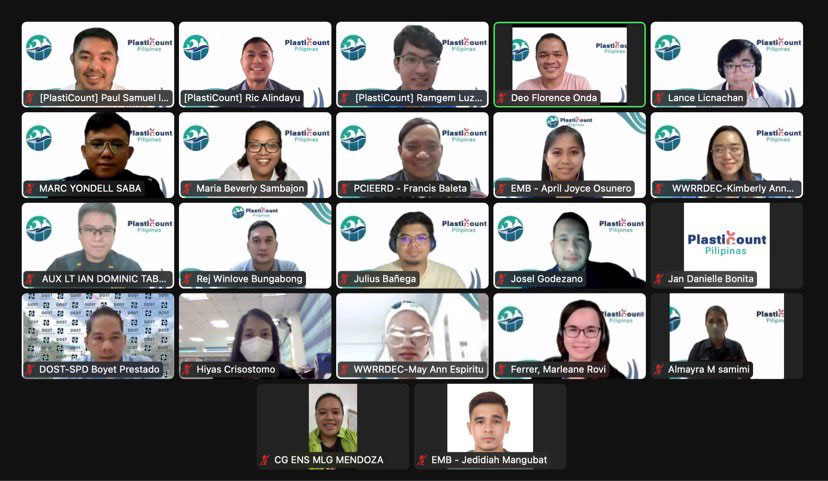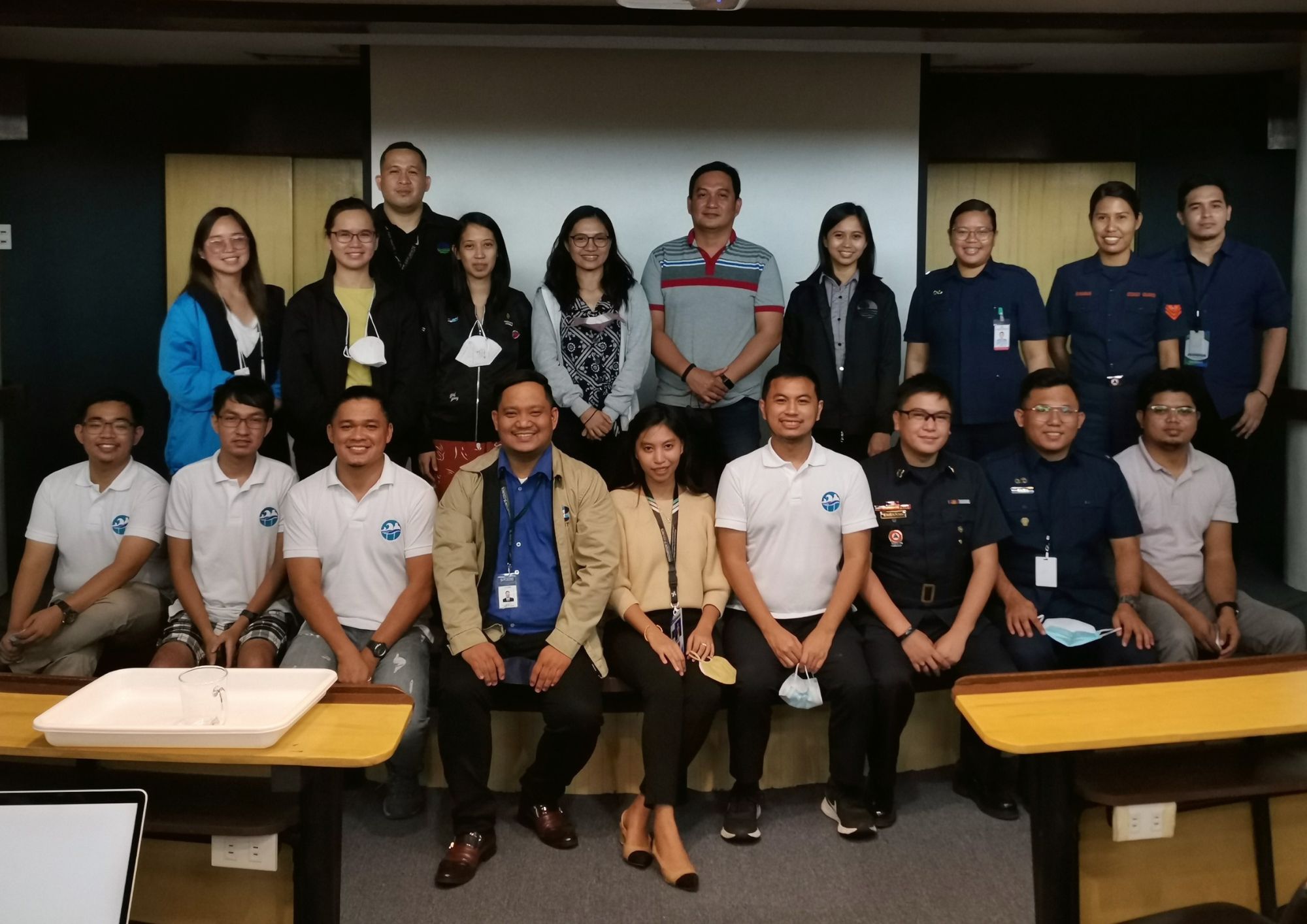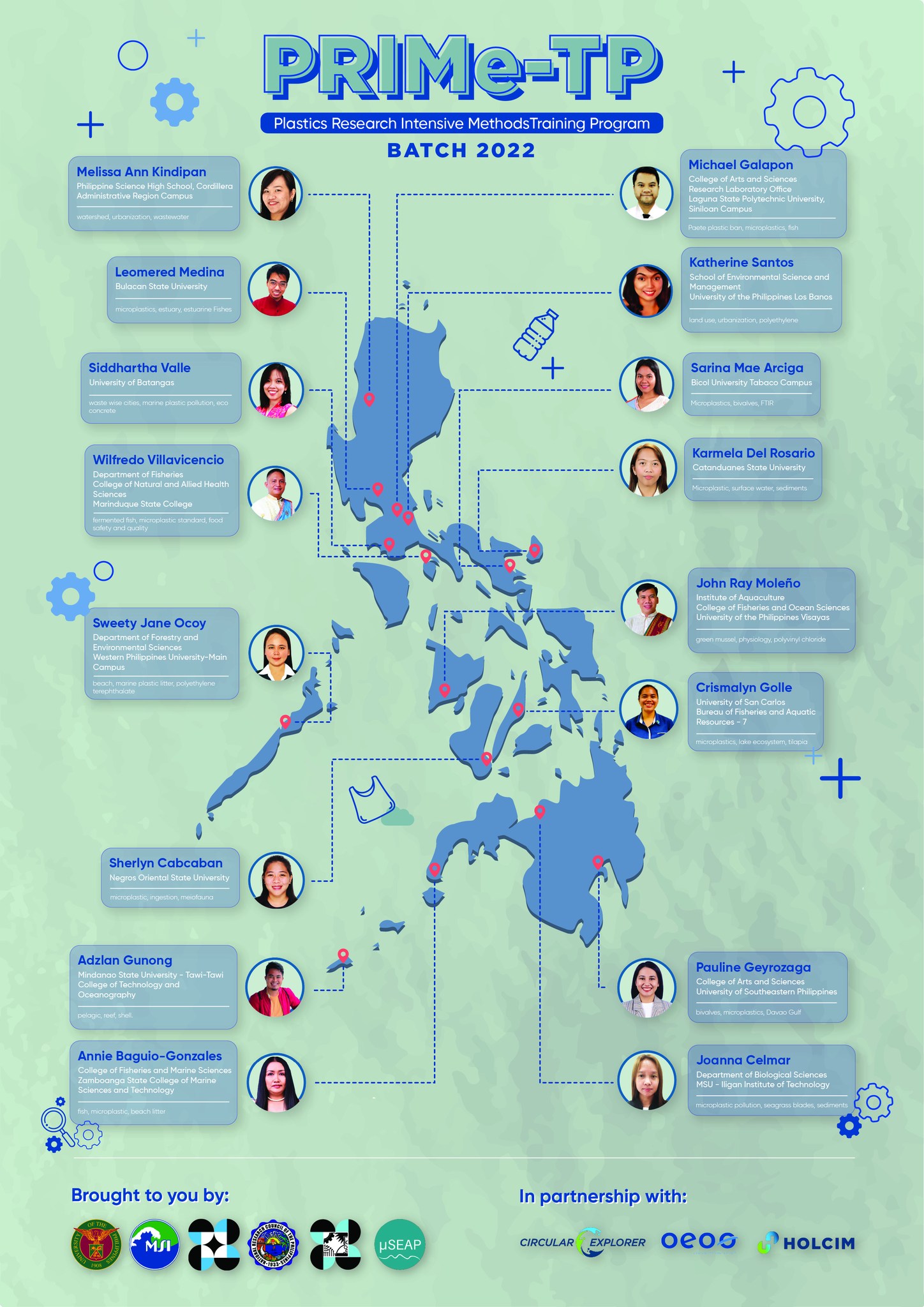
PlastiCount Pilipinas Kicks Off Training Program
The PlastiCount Project has officially launched its plastics training program for representatives of relevant National Government Agencies (NGAs) today, August 5, 2022 as part of the project’s objectives to foster capacity-building...




